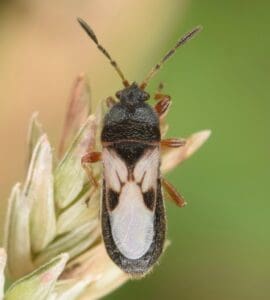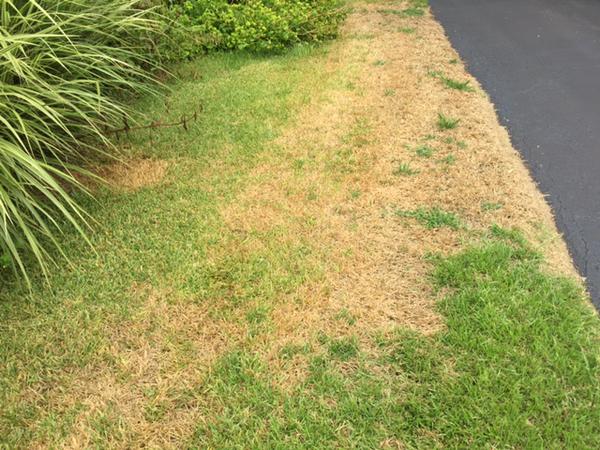Chinch Bugs Can Damage Your Lawn
Read MorePosted on: Jun 21, 2021Luis M Pérez
Chinch bugs are some of the most damaging lawn insects. Common in the hot, dry summer months, chinch bugs can damage your lawn by sucking on the juices of dry lawns leaving behind large yellowish-brown patches in the grass. As a result, if left unchecked, a chinch bug infestation can destroy a lawn in just a few weeks.
Typically, Chinch bugs can be found throughout most of the Southern and Northeastern United States. Furthermore, the common chinch bug feeds on warm and cool-season grass, including bermudagrass, crabgrass, perennial ryegrass, and Kentucky bluegrass. The Hairy Chinchbug, also, common in the Northeastern United States, feeds on cool-season grasses.
Chinch bugs prefer a hot and dry environment and live in the thatch. They are most active in areas that are dry and receive the most sun. Chinch bugs can produce multiple generations in one season, so they’ll continue to feed and damage the lawn in a concise period if they are left uncontrolled.
Identifying Chinch bug damage
Chinch bug damage looks a lot like drought damage and sometimes of lawn fungus. As chinch bugs feed on the lawn, they leave behind large, irregular-shaped yellow spots mixed in with the rest of the grass. As chinch bugs feed on the healthy parts of the lawn, these yellow patches will grow in size. Since chinch bug damage closely resembles drought stress it is helpful to inspect the grass and see if you can find them. Chinch bugs are tiny (3 to 3.6 mm) and they have distinct patterns or markings on their backs. If you stare in one section of damaged grass long enough, you will likely find at least one.

What to do if you have a Chinch bug problem?
If you have a chinch bug problem, you will need to call a professional to apply chemical control. In addition to this, you should increase your watering and reduce your thatch. If there is extensive damage, you should also seed or sod any bare and thin areas in the fall.
Want to learn more or have any questions?
For more information on Crabgrass, please contact our Lawn Care Expert, Luis Perez, via email at luisp@doctorgreen.com.


